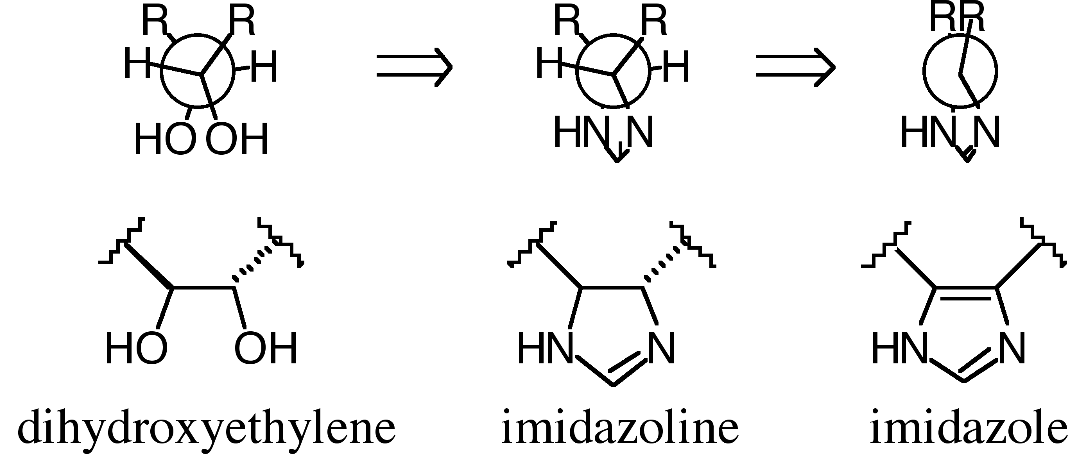The History of HIV/AIDS
1920's
1994
1991
1995
1990
1983
1982
1981

The HIV virus mutates from a chimpanzee virus, which is transmitted into humans by open-wound contact with blood. It spreads along Kinshasa, found in the Democratic Republic of Congo.

In Los Angeles, California, five young, homosexual men are diagnosed with PCP Pneumonia, a disease that does not normally target individuals with healthy immune systems.

The Center for Disease Control identifies the new disease as AIDS, or "Aquired Immunodeficiency Syndrome" and claims that the disease spreads through contact with blood.
The first AIDS advocacy group is formed by homosexual men.
1986
1986
1987
1988

The CDC cautions people that AIDS may also be transmitted through heterosexual sex and mother-to-child breastfeeding.
Researchers Luc Montagnier and Francoise Barre-Sinoussi find a virus in the swollen lymph node of an AIDS patient. They called the virus "lympadenophy associated virus," or LAV.

The US Food Drug Administration licenses the first blood test to detect the virus.
Meanwhile, the Burk family illustrates an example of how heterosexual families can be affected by something like HIV/AIDS.

The International Committee on the Taxonomy of Viruses publicly declares that the virus causing AIDS will be officially called the Human Immunodeficiency Virus, or HIV for short.

In April of 1987, the first retroviral drug was created in hopes of combating HIV. It was called zidovudine (AZT).
The World Health Organization launches The Global Program on AIDS in order to raise awareness and provide support for those afflicted.

December 1st is declared as the first World AIDS Day by the World Health Organization. At World AIDS Day, people come together to bring awareness for AIDS and to show support to those who are affected by the disease.
The United States passes the Americans with Disabilities Act (ADA). The act prohibited the discrimination of people with disabilities as well as HIV/AIDS.


The Red Ribbon Project is launched by Visual AIDS Artiststs. The red ribbon was utilized as a symbol of compassion for those affected by the HIV virus.

The U.S. Public Health Service advised the use of AZT to prevent mother to child transmission of the HIV virus.
In December of the same year, the FDA passes the first oral HIV test, which detected the body for HIV without the need to draw blood.

A new era of highly active antiretroviral treatment (HAART) begins in June of 1995, as the first protease inhibitors are approved for public use by the FDA.
1999
1996

The first HIV home-testing kit, viral load test for measuring HIV content in blood, first non-nucleoside transcriptase inhibitor (NNRTI) drug called Nevirapine, and the first HIV urine test is approved by the FDA.

The World Health Organization announces that HIV/AIDS was the fourth leading cause of death worldwide, and the first in Africa. Approximately 33 million people lived with the HIV virus and 14 million had died from AIDS since the beginning of the epidemic.
2000

July 2000, UNAIDS confers with five pharmaceutical companies to lower antiretroviral drug prices in order to make them more available to people in developing countries.
2001

In June, the United Nations General Assembly calls for a creation of a "global fund" to support efforts which combat the spread of HIV/AIDS, as well as getting medicine to those affected.
2002

A new rapid test, guaranteeing results in 20 minutes with a 99.6% accuracy rate, is approved by the FDA.
Meanwhile, the Global Fund approves their first round of grants, totalling to $600 million.
2010

The United States's travel ban on HIV-positive people is finally lifted. Since HIV is only transferred through contact with bodily fluids, the ban was futile. Now those who are HIV-positive can travel to the US freely.
2011

The FDA expands the treatment options available for people with HIV by approving Complera, an all-in-one fixed dose combination tablet.
2012

PrEP is approved by the FDA for the prevention of HIV transmission through sexual contact. This drug is usually taken by those who are HIV-negative.
2013

AIDS-related deaths have decreased by 30% since 2005, as reported by UNAIDS. An estimated 35 million people have been infected by the HIV virus.
2012

The World Health Organization launches new treatment guidelines that recommend those who are HIV-positive to seek antiretroviral treatment as soon as possible.